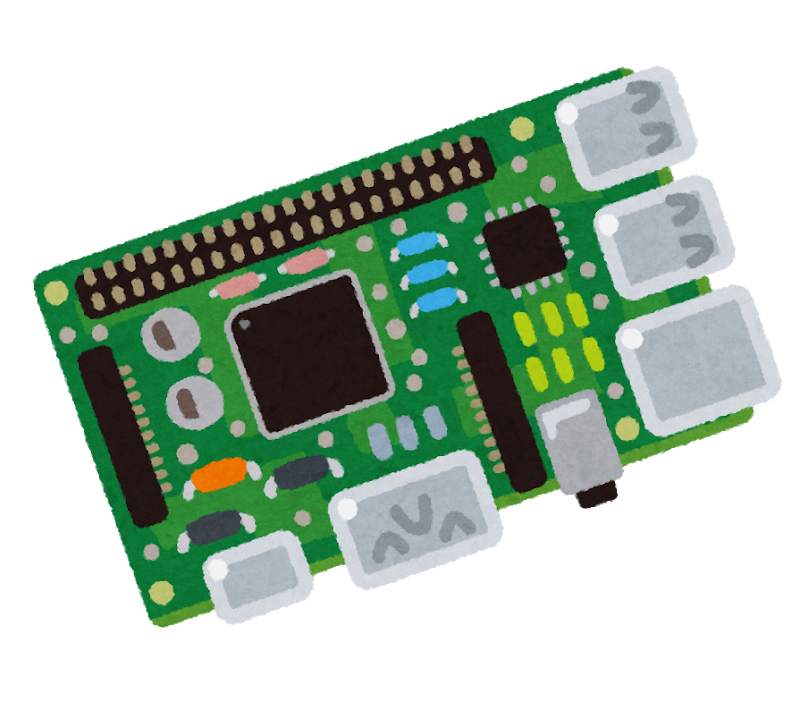It sure is possible.
A typical “obscenely bright” LED chip might be Cree XML, but many similar chips exist. You’d need a plano-convex or equivalent Fresnel lens - shorter focal lengths favour compact design. Then you need a driver. Some are fixed while some adjustable with a tiny potentiometer. You’d need an 18650 cell holder (it can be made too, an 18650 will go into a leftover piece of 20 mm electrical cabling pipe with a spring-loaded metal cap engineered of something).
Myself, I bought a nice head lamp, but it broke after one year. The driver board failed. Being of the lazy variety, I replaced the board with a resistor to limit current and now it’s been working 3 years already. Not at peak luminosity, the resistor wasn’t optimal of course. :)






I would add: